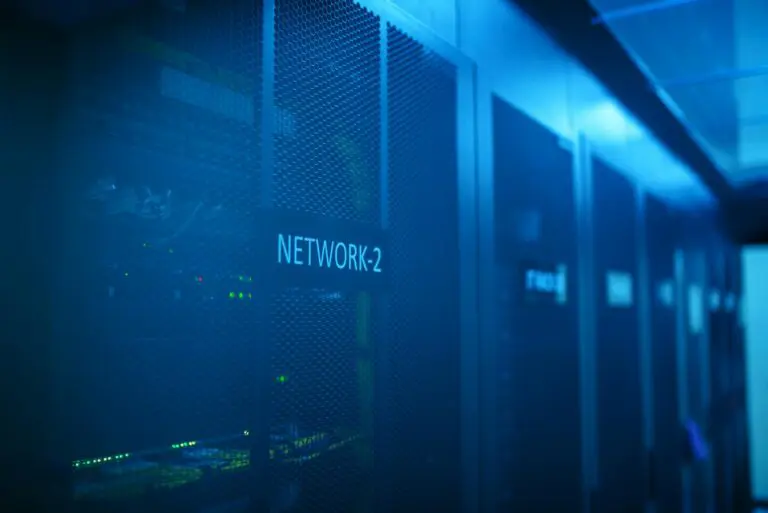AI-Augmented Pentests for SOC 2 Compliance

Why SOC 2 Penetration Testing Matters
Demonstrate real security effectiveness and meet auditor expectations with verified, evidence-based testing.
Demonstrate Compliance Readiness
Penetration testing supports SOC 2 auditor expectations and fulfills best practices for the Trust Services Criteria.
Validate Security Controls
Simulate real attacks to prove that your preventive, detective, and response mechanisms are effective.
Support CC4.1 Monitoring
Meet SOC 2’s requirement for ongoing evaluation of control performance through independent testing.
Protect Availability and Uptime
Identify vulnerabilities that could disrupt systems and compromise service reliability.
Safeguard Confidential Data
Uncover weaknesses that could expose sensitive customer or business information.
Demonstrate Continuous Improvement
Raxis testing and remediation retesting show a proactive commitment to maintaining and enhancing security posture.
We Use Industry-Standard Methodologies
Demonstrate real security effectiveness and meet auditor expectations with verified, evidence-based testing.
OWASP Testing Guide
Focuses on web application security, providing detailed guidance for each phase of testing.
OSSTMM
Covers operational security across physical, human, wireless, telecommunications, and data networks, using structured modules and the STAR methodology for reporting.
PTES
Defines seven phases (Pre-engagement, Intelligence Gathering, Threat Modeling, Vulnerability Analysis, Exploitation, Post-Exploitation, Reporting) and provides technical guidelines and tool recommendations.

Our Comprehensive Approach
Raxis employs a blend of manual and automated testing techniques to uncover vulnerabilities that automated tools alone might miss. Our process includes:
- Preparation and Scoping: We work closely with you to define the targets and objectives, ensuring the proper systems and networks are tested.
- Information Gathering: Our penetration testing team collects intelligence on your organization and your environment in order to mimic the behavior of a malicious hacker.
- Automated & Manual Testing: Using industry-specific tools, AI powered tools, and manual techniques to identify vulnerabilities and attempt exploitation, our team takes on your environment as a malicious hacker would in order to verify your controls and discover areas of risk.
- Post-Exploitation: Our team continues on to gather sensitive data and critical access to systems to clearly assess the damage that hackers could cause using vulnerabilities discovered during testing.
- Detailed Reporting: Our reports provide actionable and clear remediation steps to address discovered vulnerabilities.
- Executive summary for stakeholders
- Detailed technical descriptions of findings
- Evidence of exploitation
- Recommendations for remediation and a prioritized fix matrix
- Remediation Support and Retesting: Our team guides you through fixing identified issues and offers retesting to confirm resolution prior to your audit.
Cost and Duration Considerations
SOC2 Penetration Testing identifies vulnerabilities that could expose PII or allow access to critical systems, and it must be thorough, repeatable, and aligned with your SOC 2 System Description.
The Right Penetration Testing for Your SOC 2 Audit
The penetration test or tests you choose for SOC 2 depend on your specific environment as well as your organization’s risk profile and business activities.
Our team typically performs one or more of the following for SOC 2 compliance audits: